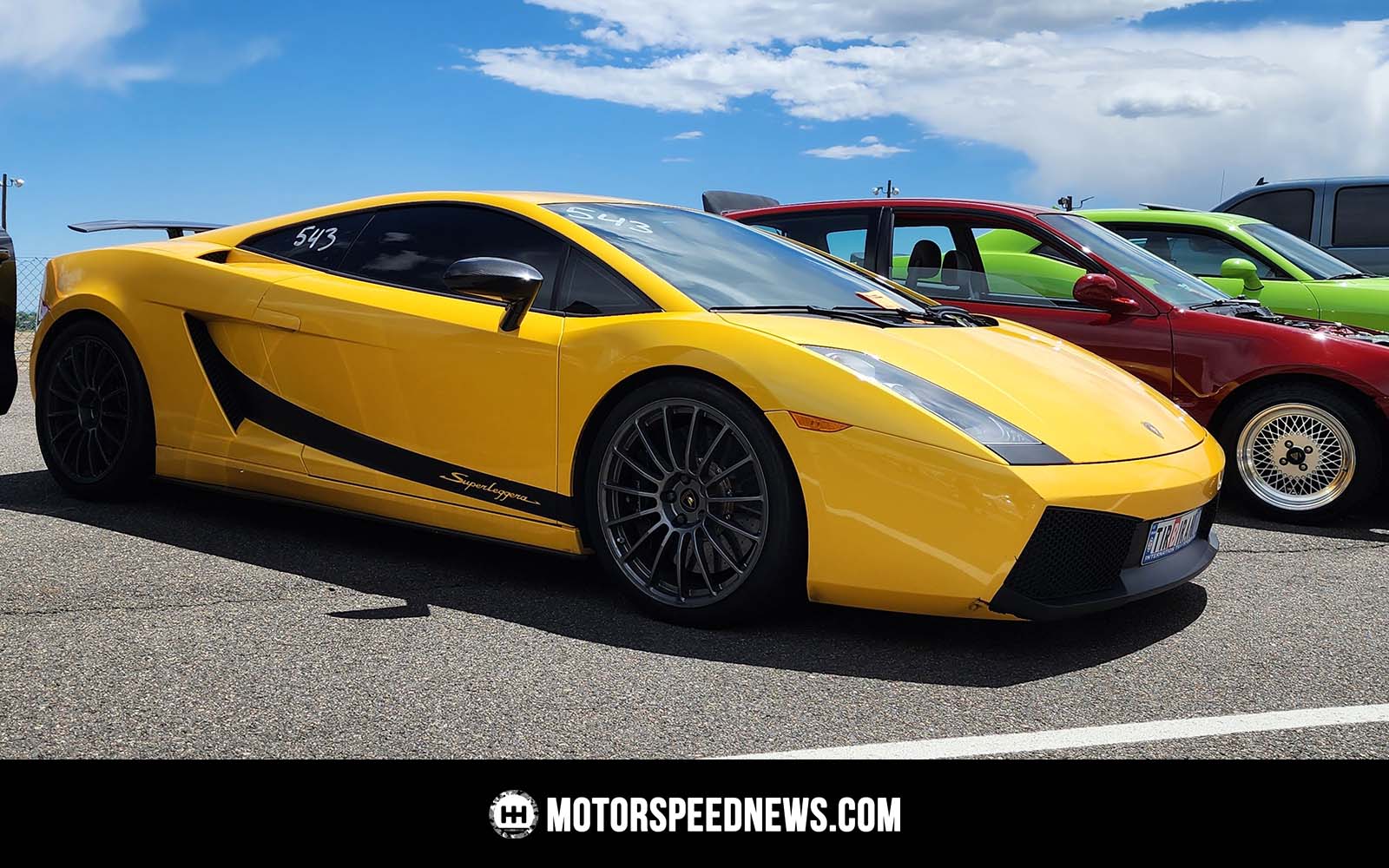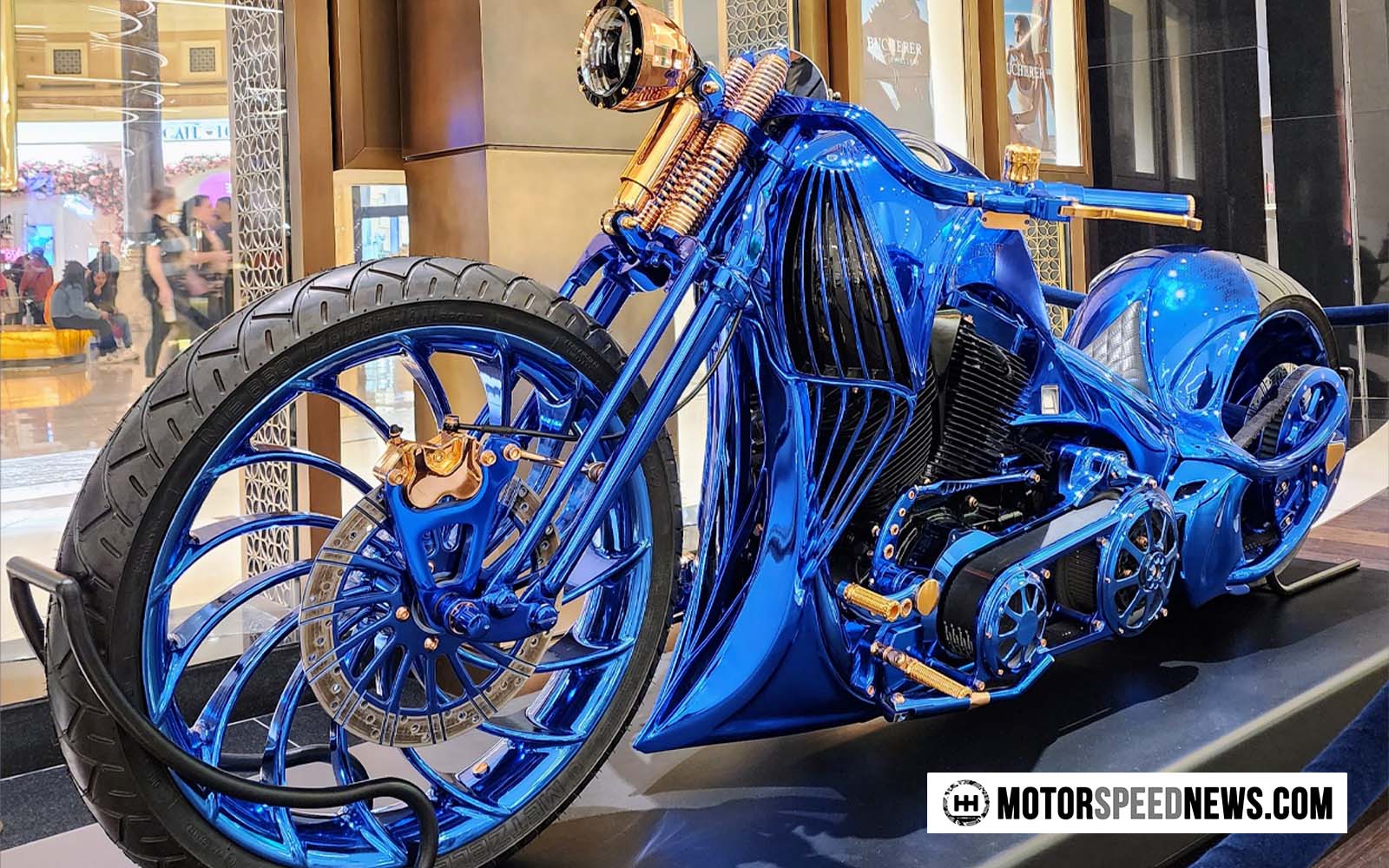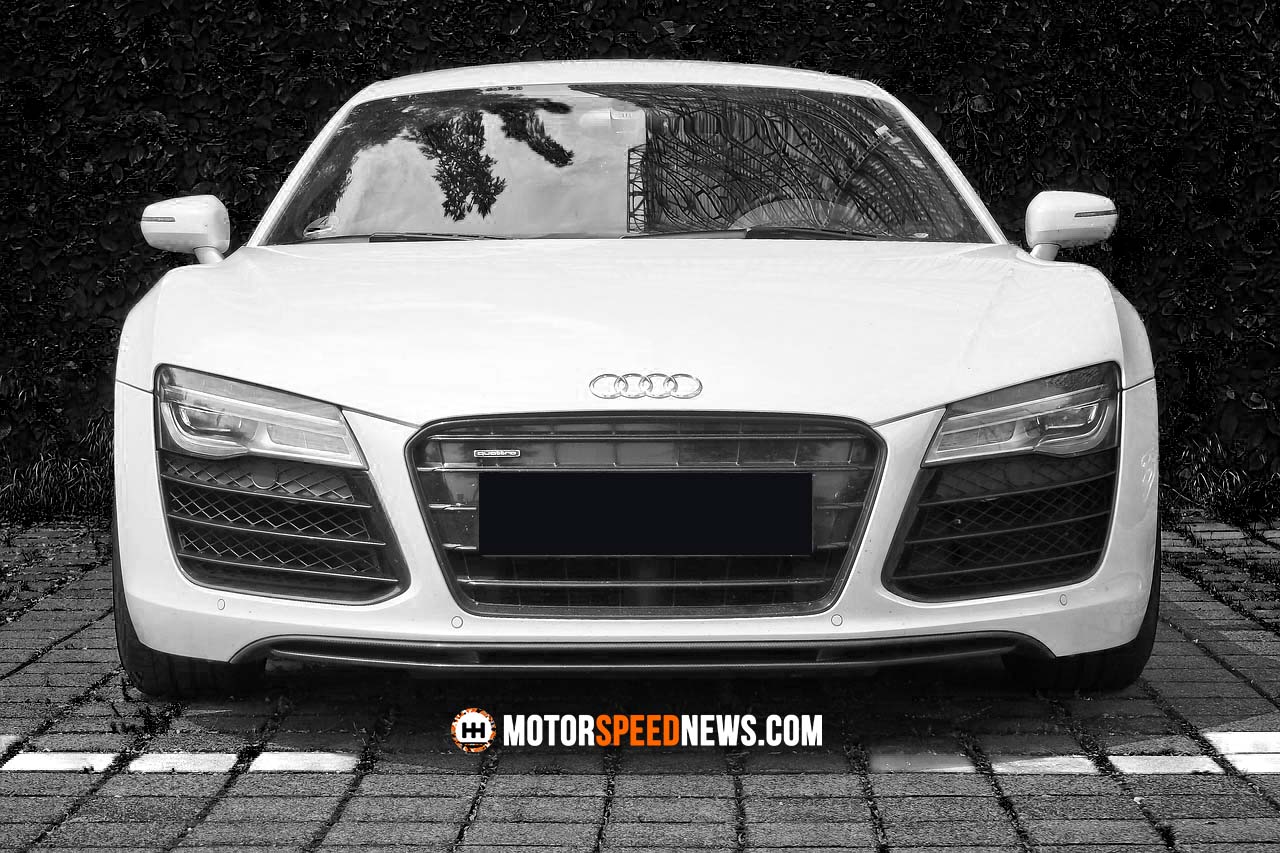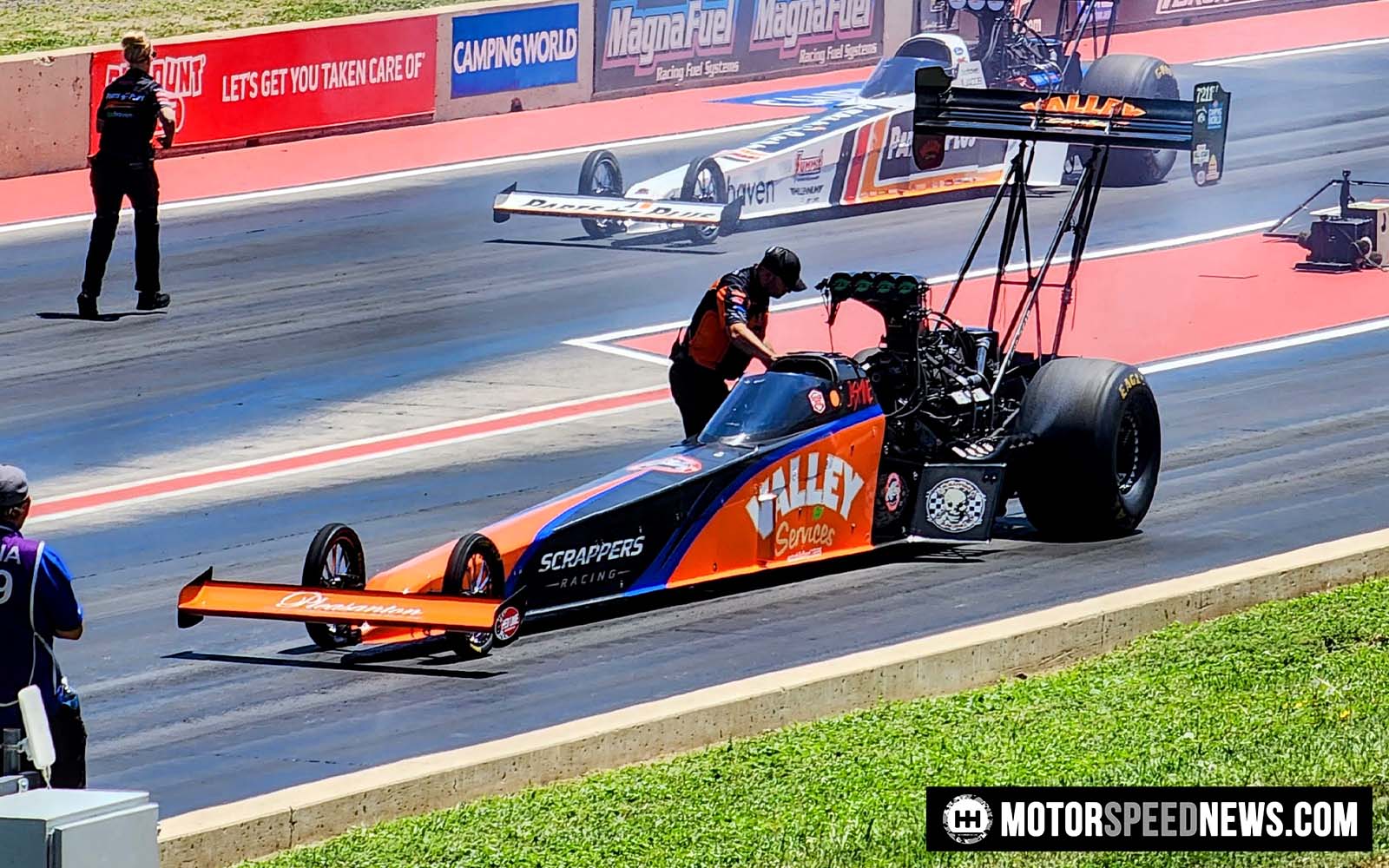As one of the leading automakers in the industry, Mazda continues to impress with their latest concept car. The Iconic SP has created significant excitement in the automotive world, captivating viewers with its sleek aesthetics and return of a rotary engine.
Mazda presented the concept car at the Japan Mobility Show, which comes just ahead of the 2023 Tokyo Auto show.
Iconic SP Quick Stats:
- 365 horsepower
- Twin-rotor Wankel engine acts as a generator to charge the battery
- Electric motors power the wheels
- 50:50 weight distribution
- The car can run on multiple fuel sources such as biofuel, hydrogen, and liquified petroleum gas (LPG)
- 3,197 lbs curb weight
- 164.6 inches long
- 82.8 inches wide
- Painted Viola Red
Rotary Power Has Returned
But it’s not exactly what rotary enthusiasts have imagined. The concept car gets Mazda’s unique two-rotor rotary EV system, which will provide a very low center of gravity and aid in the drivability of the car. The rotary (or Wankel) engine will only be used to recharge the main battery for the vehicle. Electric motors with their immediate torque will push the futuristic roadster up to 365 horsepower.
Rotary fans really want an engine platform that is new and efficient, but is also capable of lots of power and super high RPMs. We want at least some of the rotary power to go directly to the wheels. The Acura NC1 NSX is a pretty good example, as it has a hybrid powertrain but uses both electric motors and internal combustion to the tune of 573 hp to propel the car.
Dropping a rotary engine in the car just to recharge the battery is a little bit of a cop out so they can still call it a “rotary sports car”. This is not disregarding the Wankel engine’s size and compactness, which does make it a good choice for a combustion powered charger.
Design & Exterior Features Of The 2023 Mazda Iconic SP
The Mazda Iconic SP represents Mazda Motor Corporation’s commitment to pushing boundaries and delivering beautiful and drivable works of art. Mazda consistently raises the bar for what can be achieved in terms of design and appearance .
You can see that the third generation RX-7 was used as inspiration. It is one of Mazda’s most beautiful cars.
The design of the Iconic is sure to turn heads on the road. With its sleek and modern exterior, this vehicle exudes both speed and style. I sure hope they bring a version of this concept car to production.
As far as unique exterior features, one can see that the car has extremely small side mirrors. They are likely just cameras. The car is also missing any apparent door handles, adding to the sleekness. It would be cool if they open with they key fob, but I imagine they might have abilities built into an app because we tie everything to our phones these days.
The Purpose & Benefits Of Concept Cars In The Automotive Industry
Concept cars play a crucial role in the automotive industry. They create opportunities for innovation and showcasing the future possibilities from an automotive brand. These vehicles are not intended for production but rather are created as prototypes that demonstrate new ideas, technologies, and design concepts.
One of the main purposes of concept cars is to push the boundaries of innovation. Automakers use these vehicles to experiment with cutting-edge technologies, materials, and design elements that may eventually find their way into real production models. By exploring new possibilities through concept cars, manufacturers can stay at the forefront of technological advancements and create a competitive edge in the market.
Concept cars also serve as powerful marketing tools for automakers. These futuristic prototypes generate excitement among consumers and help build brand image and reputation. Concept car unveilings like the one for the Iconic SP attract media attention, allowing manufacturers to demonstrate their engineering capability and vision for the future. Additionally, concept cars often influence public perception by shaping expectations about upcoming models or introducing new features that may become standard in future vehicles.
Technological advancements are a key aspect of concept cars. From electric powertrains to autonomous driving capabilities, these prototypes often incorporate groundbreaking technologies that pave the way for future innovations in the industry. By integrating advanced features into concept cars, automakers can gauge consumer interest and gather valuable feedback before implementing these technologies on a larger scale.
The last concept car produced by Mazda was the 2015 RX-Vision.
Read The Iconic SP News Release From Mazda

Founder and Executive Editor for Motor Speed News.
Current Garage:
2002 Subaru Impreza WRX Wagon (302 whp)
2005 Toyota Tundra Limited
1986 Yamaha Virago XV1100








